Best Car Care Tips for Pollen Season in Bellingham & Beyond
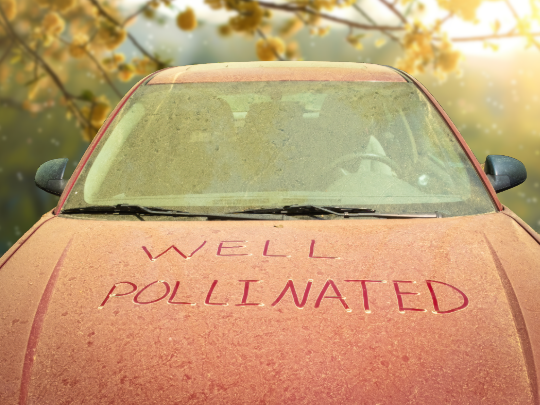
Spring is here in Whatcom County, and while the sunshine and blooming flowers are a welcome sight, they also bring an annual challenge for car owners: pollen. The fine yellow dust settles on every surface, clings to windshields, and even finds its way into your car’s interior. If left unchecked, pollen can cause long-term damage to your vehicle’s paint, clog air filters, and trigger allergies inside your car.
At Final Touch Auto Spa, we specialize in keeping Bellingham’s vehicles looking spotless, no matter the season. Here are the best car care tips to protect your vehicle from pollen this spring.
1. Wash Your Car Regularly (But the Right Way!)
Pollen is tiny but abrasive, meaning it can scratch your car’s paint if wiped off dry. To prevent damage:
- Rinse before washing: Use a gentle stream of water to rinse off loose pollen before scrubbing.
- Use pH-balanced car shampoo: Dish soap strips away protective wax, so always use a dedicated car wash soap.
- Dry with a microfiber towel: This prevents streaks and reduces pollen’s ability to stick.
A professional hand wash can help remove stubborn pollen buildup. Book an appointment with Final Touch Auto Spa to give your car a fresh start this season.
2. Protect Your Car’s Paint with Wax or Ceramic Coating
A high-quality wax or ceramic coating acts as a barrier between pollen and your car’s paint. This makes it easier to rinse off pollen before it can bond to the surface.
- Waxing lasts a few weeks and provides a smooth, hydrophobic layer.
- Ceramic coatings last for months and offer superior protection against pollen, UV rays, and dirt.
Looking for long-lasting protection? Check out this guide on ceramic coatings to see why they’re a great investment for Whatcom County drivers.
3. Replace or Clean Your Cabin Air Filter
Pollen doesn’t just stick to the exterior—it also gets inside your car through air vents. If your cabin air filter is clogged, it will recirculate pollen and dust, making allergies worse.
- Most filters should be replaced every 12,000–15,000 miles.
- If you drive frequently near Lake Padden or Hovander Park, you might need more frequent replacements due to high pollen exposure.
Not sure how to replace yours? Here’s a step-by-step guide from Consumer Reports.
4. Keep Your Interior Clean with Frequent Vacuuming
Pollen easily settles inside your car, especially on seats, carpets, and dashboard surfaces. Regular vacuuming and wiping down surfaces will reduce buildup.
For an extra layer of protection:
- Use allergen-reducing interior cleaners.
- Install seat covers and floor mats to trap pollen before it embeds into upholstery.
- Schedule a deep interior detailing to remove stubborn pollen and dust.
Need help? Our interior detailing services at Final Touch Auto Spa will leave your car pollen-free and fresh!
5. Park Smart to Minimize Pollen Exposure
Where you park can make a big difference in how much pollen collects on your car.
- Garage parking: The best way to avoid pollen exposure.
- Covered parking: A carport or shade structure helps reduce pollen accumulation.
- Avoid parking under trees: Trees release more pollen and can also drop sticky sap onto your car.
If you’re frequently parking in high-pollen areas like Western Washington University or downtown Bellingham, consider using a car cover for added protection.
6. Use a Windshield Treatment to Improve Visibility
Pollen on your windshield can mix with rain, creating a sticky mess that reduces visibility. To keep your windshield clear:
- Apply a hydrophobic glass treatment to make it easier for water and pollen to slide off.
- Use high-quality windshield wiper fluid with a built-in cleaner.
- Replace worn-out wiper blades every 6–12 months.
Auto Detailing Insider
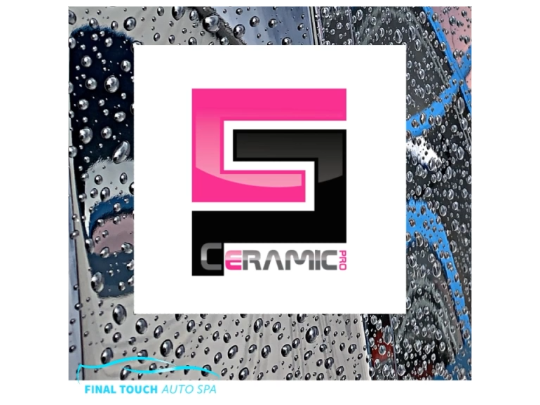

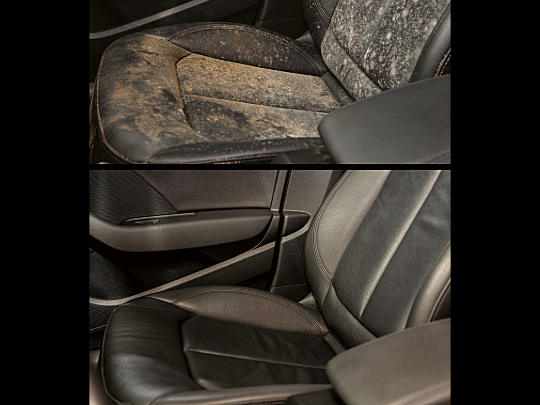
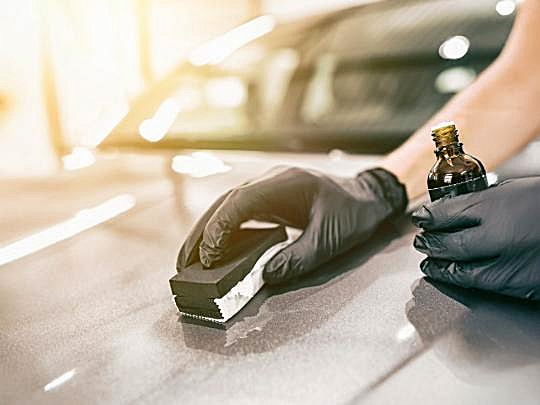
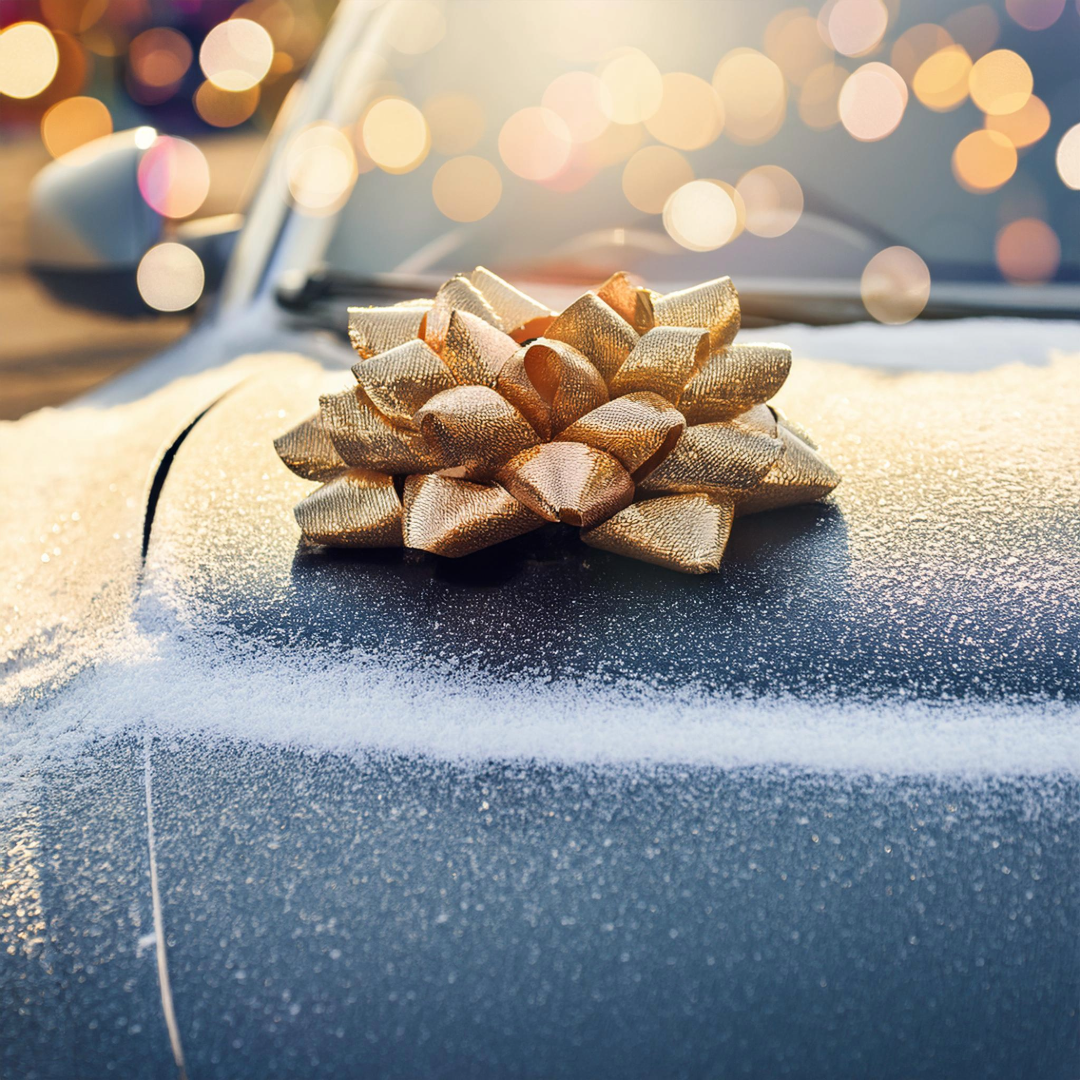


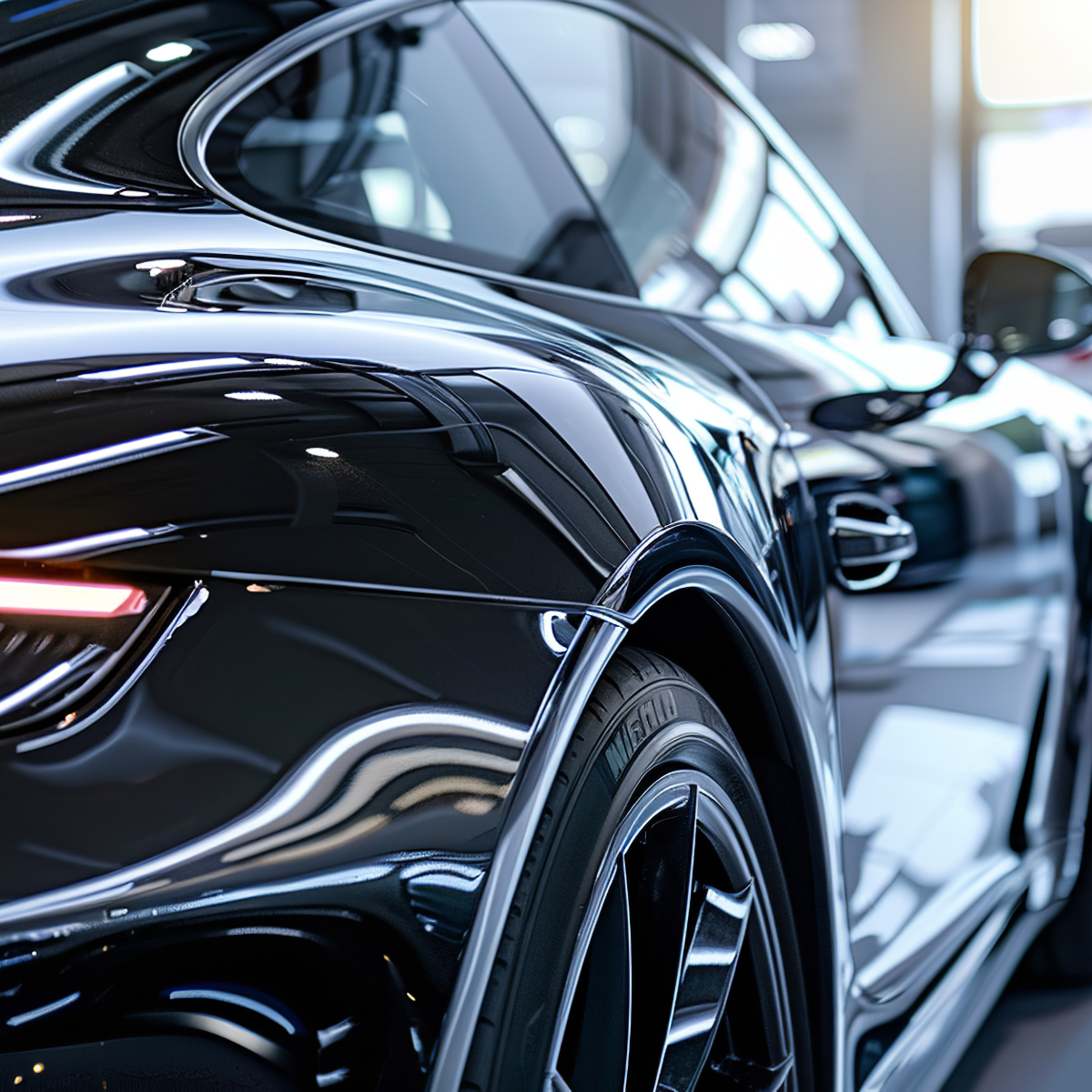
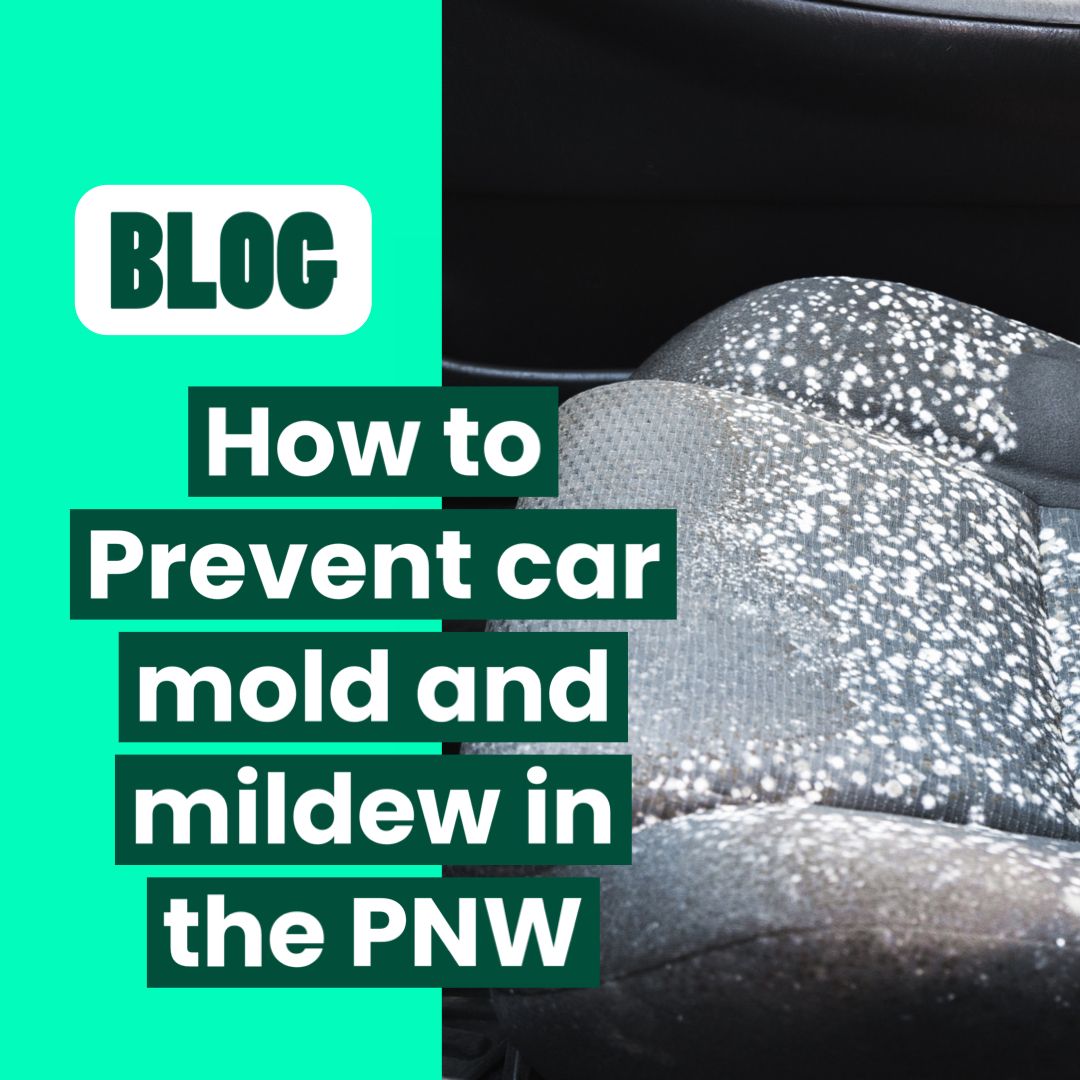
Share On: